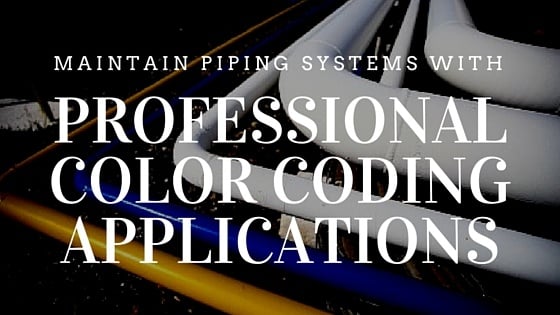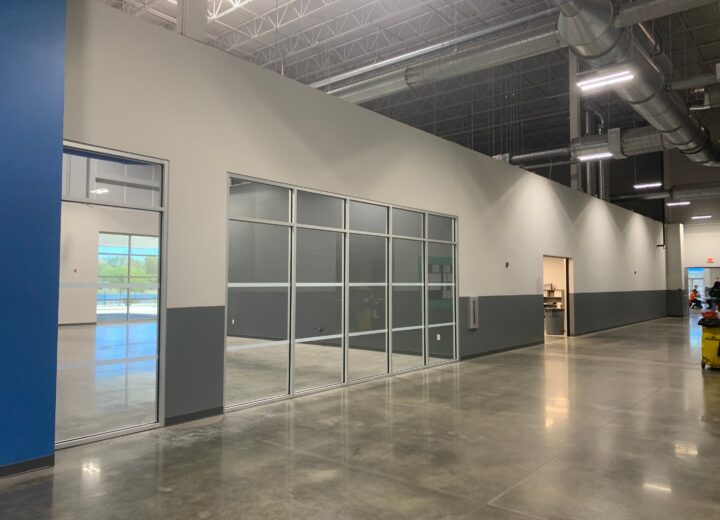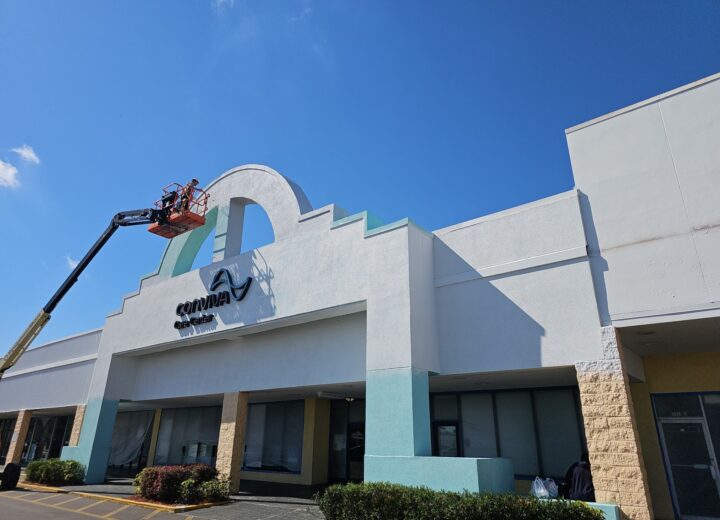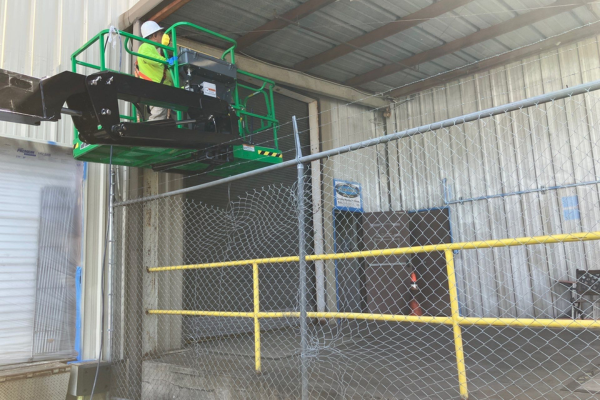All above-ground, underground, and underwater piping systems need a protective coating that can help prevent rust and corrosion. Over the years, innovative products have been developed to address the issue of rust and corrosion in pipes due to different environmental factors, ranging from elevated temperature, moisture, and salinity levels to acid rain and chemicals.
Top Considerations for Choosing Protective Coatings
Before looking into the protective coating formulations available today, it’s essential to know that professional painters consider two aspects when choosing a paint system:
- The physical location of the pipeline – When assessing the location of piping systems, the humidity, temperature and UV radiation levels, potential mechanical damage (abrasion, impact, etc.), and chemical exposure (typically occurring in industrial plants) are of critical importance. In underground applications, the pH of the soil, residual moisture content, and potential exposure to micro-organisms play a critical role. Before the underwater installation of a pipeline, a complete water chemistry analysis should be performed.
- Atmospheric corrosivity – According to ISO 12944, there are five atmospheric corrosivity categories: C1-very low (e.g. heated buildings, such as offices, shops, hotels, etc.); C2-low (non-heated buildings with high relative humidity levels, such as warehouses); C3-medium (e.g. buildings with high humidity and air contaminants, such as laundry facilities); C4-high (industrial areas, such as chemical plants); C5-I-very high (industrial environments with high humidity levels and high concentration of air contaminants, such as automotive paint shops); and C5-M-very high (areas characterized by high salinity).
These two factors will dictate the type and level of surface preparation, the type of paint that will be used, the thickness of the paint film, and recoating intervals. In corrosive environments, the surface preparation and coating operations must be carefully performed and recoating intervals strictly monitored.

External Protective Coatings for Piping Systems
Today, you can find a wide variety of coatings that can ensure long-term protection of piping systems. They’re divided into nine distinct categories:
- Zinc-rich epoxy coating – Formulated for steel surfaces, zinc-rich epoxy paint is recommended in applications where high-performance, corrosion-resistant protective coating is required. Besides superior corrosion resistance, the paint is characterized by excellent application, adhesion, fast-drying, and abrasion resistance properties.
- Polyamide epoxy coating – Polyamide epoxy paint is a versatile corrosion resistance formulation that can be used as a primer, intermediate, or finish coat. Polyamide epoxy coatings have excellent weathering, acid, alkali, and water resistance, good adhesion properties, superior film flexibility, and long service life, delivering one of the best protective coating options for piping systems.
- Amine epoxy coating – Forming a hard, abrasion resistant film with superior corrosion resistance, this product is the best fit for highly corrosive environments.
- Aliphatic acrylic-polyester polyurethane coating – With excellent resistance to corrosion and abrasion, this formulation ensures very good weathering performance in mild and aggressive industrial environments.
- Amino-amine epoxy coating – Ensuring good adhesion and corrosion resistance, amino-amine epoxies provide superior moisture and chemical protection.
- Novalac coating – This formulation offers resistance to corrosion, abrasion, and permeation at temperatures of up to 450°F.
- Siloxane epoxy coating – Providing good weathering, abrasion, and acid resistance, siloxane epoxy coating is an excellent choice for high-performance industrial applications.
- Coal tar coating – Since coal tar paint can be used in salt and fresh water, it’s one of the best products for C5-M environments.
- Water-based epoxy coating – Though a water-based epoxy formulation offers good solvent, chemical, abrasion resistance, it’s usually applied to upgrade previous protective coatings for better performance.
To learn more about the protective coatings available for piping systems and industrial applications, we invite you to contact our experienced professional painters at Performance Painting.






